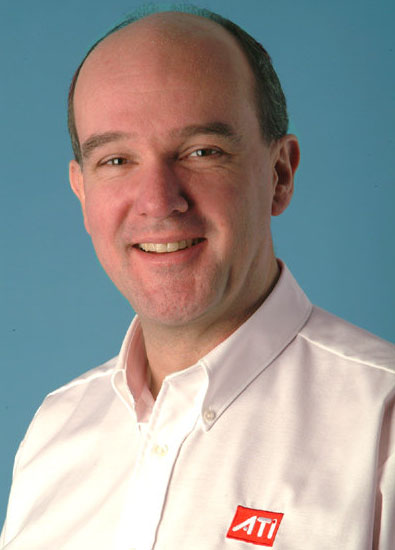Microsoft has once again sent a congratulatory cake to Mozilla, this time for the release of Firefox 4. This would be the third cake the software giant has sent; it's become a tradition that is celebrated upon major version releases of the open-source browser.

"This is a fine gesture," Frédéric Wenzel, a Mozilla software engineer, said in a statement. "Hat tip to our fellow browser makers in Redmond. Remember: Competition is good for business."

The tradition began in October 2006, when the Internet Explorer 7 development team sent a cake to Mozilla for successful shipping Firefox 2. Given the state of the browser wars at the time, many joked about the cake being poisoned, while others teasingly suggested that Mozilla send a cake back along with the recipe, in reference to the fact that the organization produces open-source software. The IE8 development team sent another cake on June 17, 2008, when Firefox 3 was released.
Mozilla has announced that in 2011, there will be four major releases of its browser. That means that there is still Firefox 5.0, Firefox 6.0, and Firefox 7.0 to come. Firefox 5 is slated for a late June 2011 release. Did Mozilla consider Microsoft's marketing budget when it began planning to change its development cycle?

















